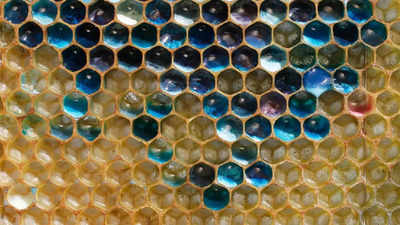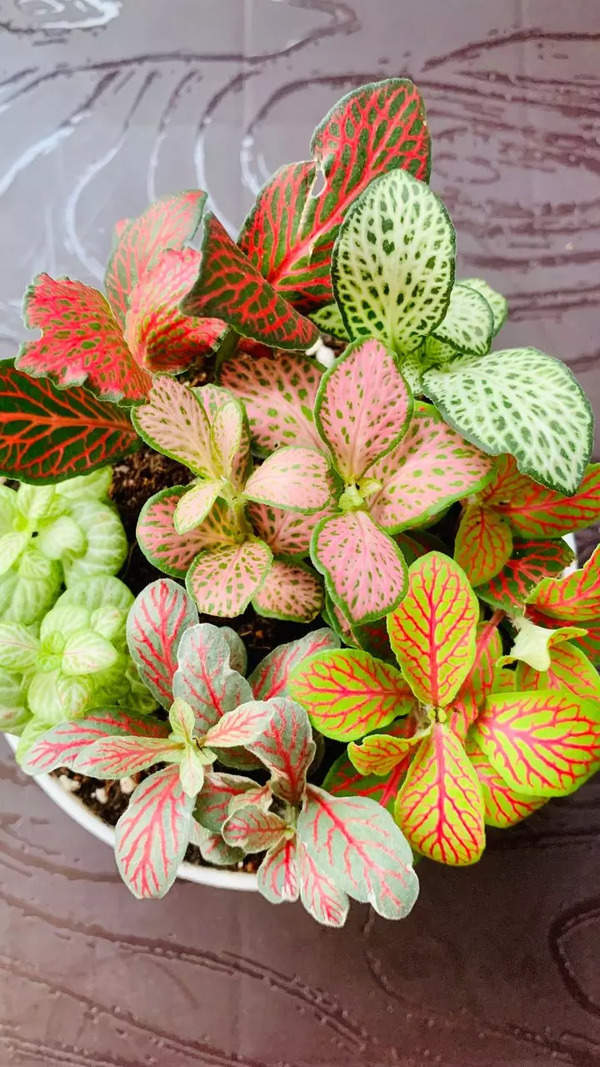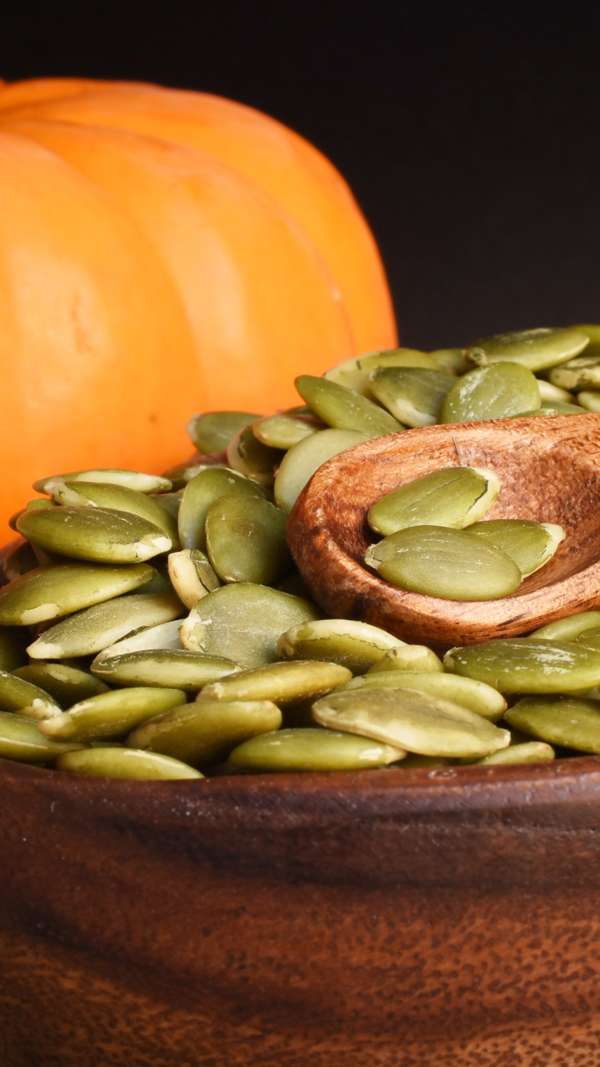Trending
In France scientists were surprised to find blue, green honey in beehives until they realized this!
Beekeepers in northeastern France were bewildered when their bees produced blue and green honey. The cause was traced to residues from M&M's candy waste processed at a nearby biogas plant. This incident has worsened the situation for beekeepers already struggling with high bee mortality and declining honey supplies.
Apiaries are the bustling workstations for bees where they work diligently and play an irreplaceable role in producing honey in these colonies, a golden potion cherished by humans for millennia. This naturally sweet and nutrient-rich substance is the result of bees' hard work and labour, in which the process involves collecting nectar and then converting it into honey within the hive.
It is also one of the most beautiful natural processes that involve the organisation and efficiency of these tiny pollinators to not only contribute to how we relish a drizzle of honey over our most preferred delicacies, but also play a vital role in supporting biodiversity and maintaining a delicate balance in the ecosystem. However, wouldn’t it be surprising when this natural wonder is disrupted suddenly? A similar shocking incident happened in France, where it was surprising to discover honey that is not golden, but blue!

In northeastern France, beekeepers were left bewildered as their bees produced honey in mysterious shades of blue and green. It was believed that the culprit was a residue from M&M's candy processed at a nearby biogas plant. This incident alarmed the local beekeepers, who were already grappling with high bee mortality rates and decreasing honey supplies.

However, Mars, the confectionery giant, did not give any official statement on the issue. The honey was rendered unsellable and increased the woes of around a dozen affected beekeepers. "For me, it's not honey. It's not sellable," lamented Alain Frieh, president of the apiculturists' union, as reported by Reuters.
Agrivalor, the company running the biogas plant, acknowledged the problem. "We discovered the problem at the same time they did. We quickly put in place a procedure to stop it," said Philippe Meinrad, co-manager of Agrivalor. The company has since cleaned its containers and ensured incoming waste is stored in a covered hall.
As per reports by Reuters, Mars operated a chocolate factory near Strasbourg, approximately 100 km from the affected apiaries. This complication has also brought to light the issue of declining bee populations, so much so, the French government also banned the pesticide Cruiser OSR, linked to high bee mortality rates.

France is a major honey producer in the European Union and yields about 18,330 tonnes annually, as per a national farm agency audit. Ribeauville is also famous for its scenic vineyards and is also home to around 2,400 beekeepers managing some 35,000 colonies, producing about 1,000 tonnes of honey yearly. The colourful honey was unusual and failed to meet the market standards. As Frieh said that despite its honey-like taste, the blue colour makes it unsellable for customer usage.
Photo Credits: NatGeo
End of Article
FOLLOW US ON SOCIAL MEDIA
Visual Stories
Tired of too many ads?









